5 last-ditch weapons created by a desperate Nazi Germany
- By Travis Pike
Share This Article
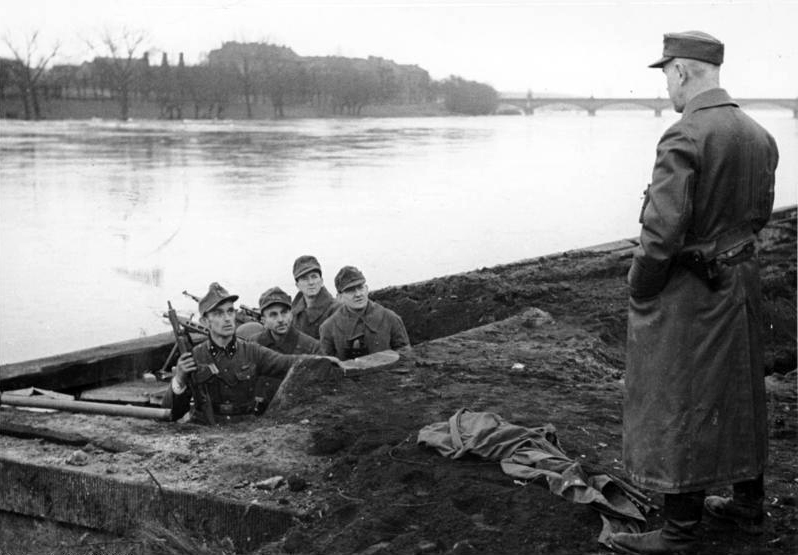
As Allied forces closed in on Berlin from two different fronts, the German military, the Nazi Party, and a mustachioed meth addict known as Hitler were getting awfully desperate. They began recruiting children and old men into a people’s militia known as the Volkssturm and tried to produce a number of last-ditch weapons for them.
Germans were well known for their ingenuity and high-quality weapons. For example, the MP40 was one of the best submachine guns of the war, if not the best; the KAR98K was a fantastic rifle; and the MG34 and 42 created general-purpose machine guns.
The German military had well-made, reliable, and innovative firearms. Yet, those firearms were also expensive and slow to produce, and as the Allies bore down on Berlin, they were also getting tough to obtain. The factories responsible for producing many of these guns had been destroyed, so they weren’t pumping out MP40s, KAR98s, or MG42s anymore.
This called for the development of simple firearms that were quick and easy to produce. In modern times, these guns are referred to as last-ditch weapons.
The MP 3008
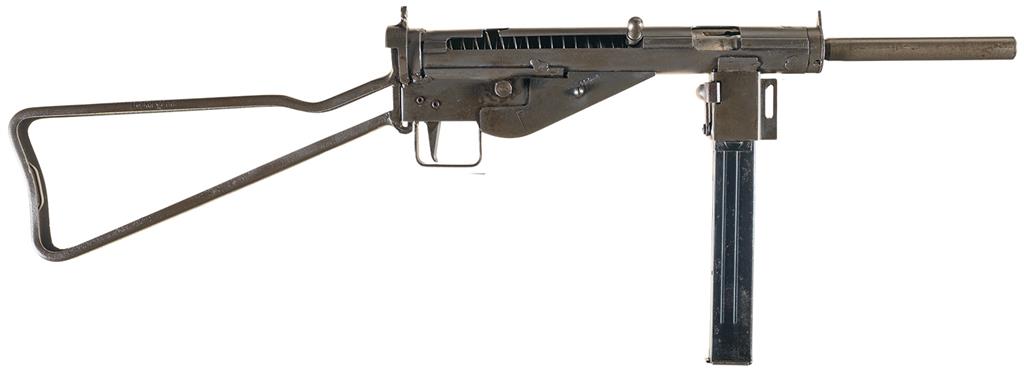
One of the most successful designs of the war was the British Sten gun. This simple 9mm submachine gun was crude, cheap to produce, but decently reliable. The Sten’s blowback-operated design could be produced en masse with ease.
The Germans were familiar with Sten guns and had even created a batch of them for friendly forces. So, in 1945, the engineers at Mauser took the Sten Gun design and created the MP 3008.
The MP 3008 retained the simple design of the Sten gun. It was an open bolt, blowback operated 9mm submachine gun that could use MP40 magazines.
Yet, the Germans made a few design changes to the classic Sten gun design: The MP 3008’s magazine was placed under the gun instead of to the side and the barrel handguard was ditched since the gun could be held by the magazine well.
The MP 3008 simplified the Sten design even more, and it could be produced in one man-hour of work. The Germans ordered a million of them from Mauser, but hardly any were produced before the war ended.
Related: And you have my axe: The American lumberjacks of World War I
Volkssturmgewehr

The Volkssturmgewehr, or people’s storm rifle, was a latch ditch attempted to arm the German citizen militia forces with rifles. The idea behind this gun was to arm the citizens with a capable automatic rifle that offered more range and power than a submachine gun but was smaller and easier to wield than a battle rifle.
The Volkssturmgewehr was a semi-auto-only rifle with a 14.9-inch barrel that weighed a little over 10 pounds. It used a gas-delayed blowback action that was simple to manufacture and the magazines and cartridges from the StG 44 assault rifle.
The Germans assembled the Volkssturmgewehr out of only 39 parts, not counting the screws and rivets. Only 12 parts required milling, and 21 could be stamped. Although the weapon was easy to produce, it was, reportedly, very inaccurate.
Volkspistole
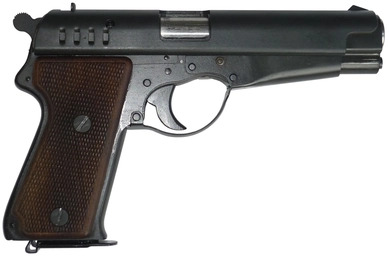
The go along with the Volkssturmgewehr, the Germans began developing a Volkspistole, a people’s pistol. The Volskpistole never made it past the concept stage, but Walther, Mauser, and Spreewerk all produced prototype handguns.
In the first half of 1944, the Germans lost over 100,000 pistols, so the demand for replacements was high.
Although the Walther P38 was a fine pistol, it was difficult and expensive to produce. The German Army needed a new pistol, and the Volkspistole project was supposed to be a cheap replacement.
The war was ending too quickly, and a new pistol certainly wouldn’t have made much of a difference.
Related: This bent-barrel rifle was one of Nazi Germany’s most weird weapons
Wimmersperg Spz
The Wimmersperg Spz was a German last-ditch concept assault rifle that was also inspired and influenced by the Sten gun. In fact, the Germans used Sten receiver parts and pieces to make the gun. Sten guns and similar tube-style submachine guns were very easy and to produce.
The weapon used StG 44 magazines, barrels, and ammo. This allowed the Germans to use components they already had mixed with components that were easy to produce. There were three Spz prototypes: the Spz-1, a long model with a pistol grip; the Spz-kv, a short model with burst controls; and the Spz-kv, which used the gun’s magazine as its pistol grip.
The Wimmersperg Spz assault rifles were never produced, and the only current model is a recreation from technical drawings and specifications. These guns would have been quite crude and likely fairly weak. Mixing a submachine gun receiver with high-pressure rifle rounds wouldn’t have created a very capable weapon.
Einstossflammenwerfer 46
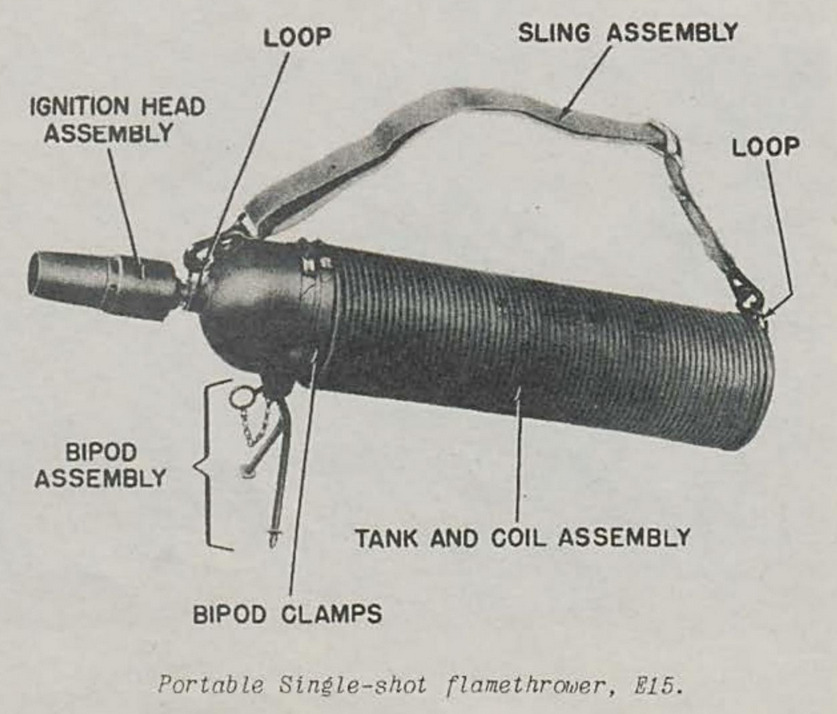
Outside of standard firearms, the Germans also produced the Einstossflammenwerfer 46 which was a handheld single-shot flame thrower. The weapon was meant to be easy to produce and cheap. The low price and ease of manufacturing made it a disposable, one-time device in most cases.
The weapon was primarily used by the Volkssturm, but it also saw action with the German paratroopers. This handheld single-shot flamethrower would ride under the user’s arm and allow them to fire a half-second burst of fire out to 27 meters. It was enough fire to clear a bunker or scare troops away from an entrenched position. Nearly 30,000 were produced and fielded.
One last effort
As the German military faltered and floundered, it attempted to find any way to hold out. I doubt most of them believed they could stop the Allies from getting to Berlin, but they could set themselves up for better negotiations or were simply too scared to question their leadership.
These last-ditch weapons tell a story of fear and desperation and were a clear sign that the good guys were winning.
Read more from Sandboxx News
- The Air Force’s dogfighting AI is already roughly equal in skill to career pilots
- Life for a Delta Force man in an American neighborhood
- Is the ‘Ministry of Ungentlemanly Warfare’ worth watching?
- Combat Obscura’s unadulterated authenticity still resonates today
- How video games can make you a better fighter pilot
Related Posts
Sandboxx News Merch
-

‘AirPower’ Golf Rope Hat
$31.00 Select options This product has multiple variants. The options may be chosen on the product page -

‘Kinetic Diplomacy’ Bumper Sticker (White)
$8.00 Add to cart -

‘Kinetic Diplomacy’ Bumper Sticker (Black)
$8.00 Add to cart

Travis Pike
Travis Pike is a former Marine Machine gunner who served with 2nd Bn 2nd Marines for 5 years. He deployed in 2009 to Afghanistan and again in 2011 with the 22nd MEU(SOC) during a record-setting 11 months at sea. He’s trained with the Romanian Army, the Spanish Marines, the Emirate Marines, and the Afghan National Army. He serves as an NRA certified pistol instructor and teaches concealed carry classes.
Related to: Gear & Tech, Military History

What does a Marine veteran think of Netflix’s ‘Rebel Ridge’?
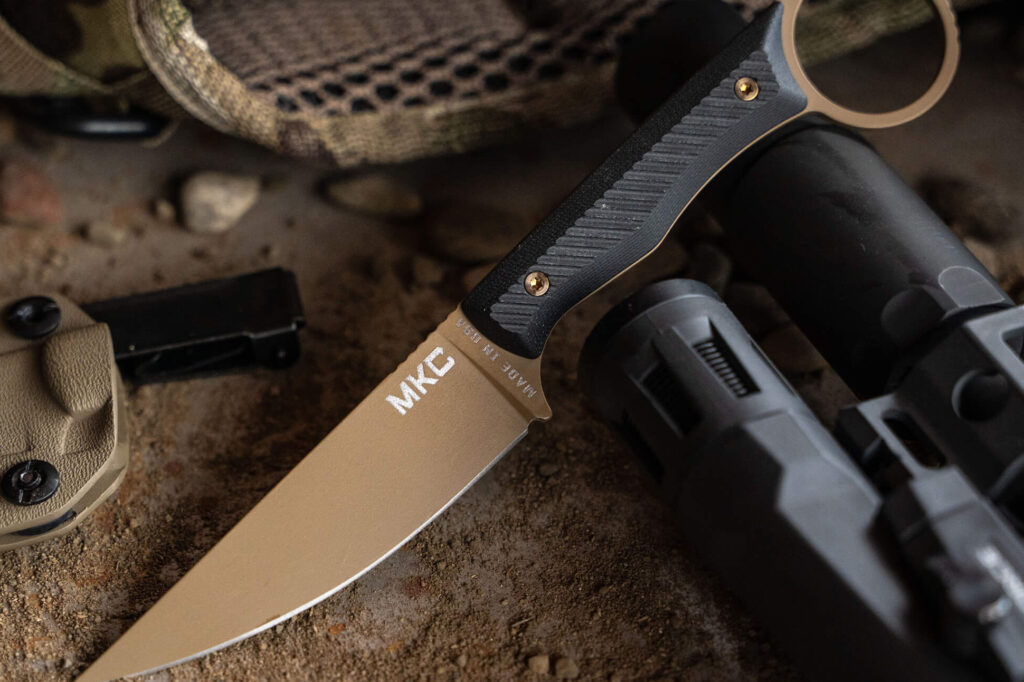
Montana Knife Company enters the tactical knife realm
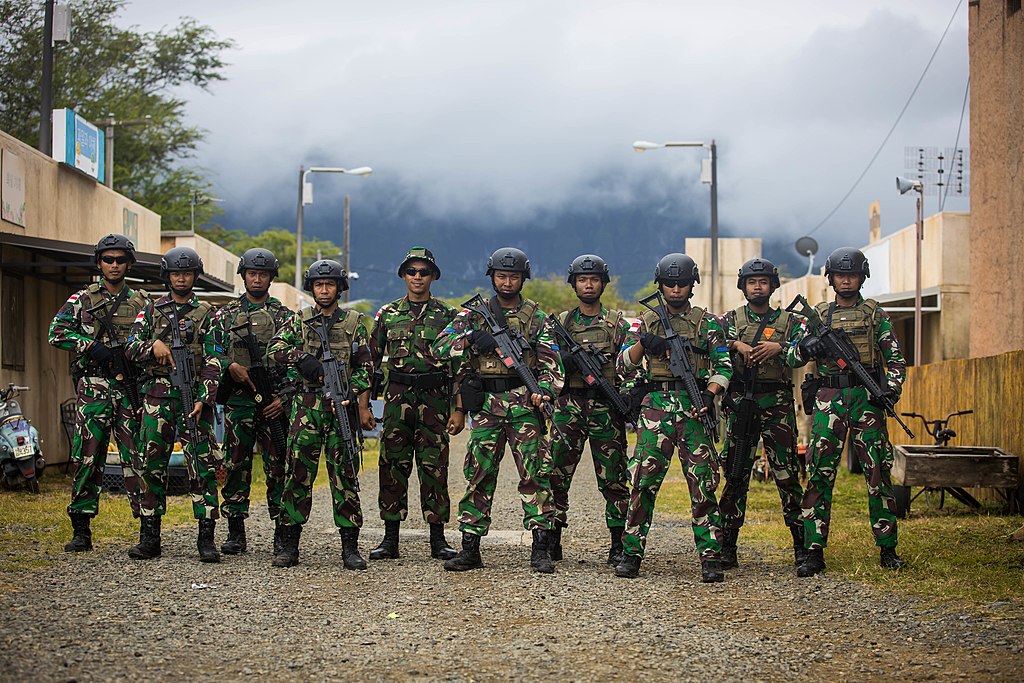
Indonesia’s Pindad SS2 – Service rifles from around the world

Semper Fi: The Marine Corps is turning 249 years old. Let’s talk about its birthday celebrations
Sandboxx News
-

‘Sandboxx News’ Trucker Cap
$27.00 Select options This product has multiple variants. The options may be chosen on the product page -

‘AirPower’ Classic Hoodie
$46.00 – $48.00 Select options This product has multiple variants. The options may be chosen on the product page -

‘AirPower’ Golf Rope Hat
$31.00 Select options This product has multiple variants. The options may be chosen on the product page -

‘Sandboxx News’ Dad Hat
$27.00 Select options This product has multiple variants. The options may be chosen on the product page
